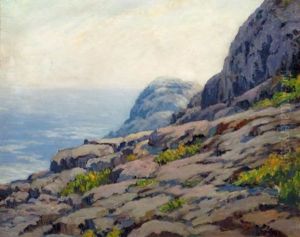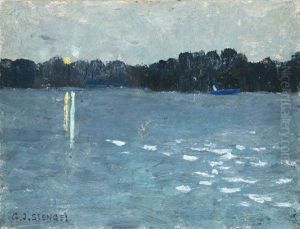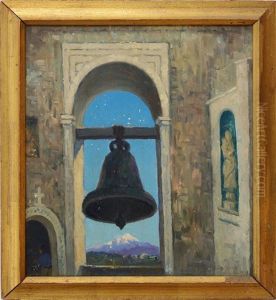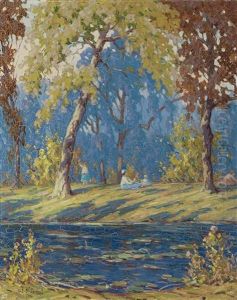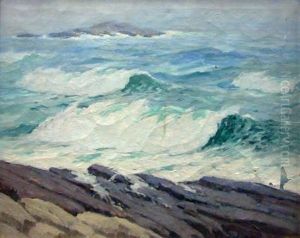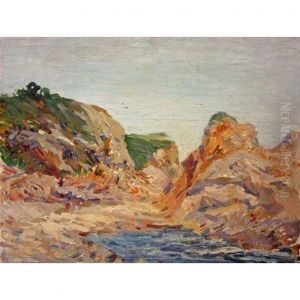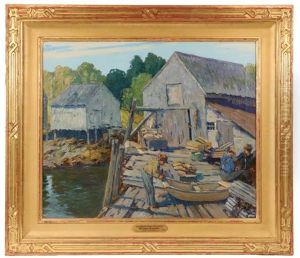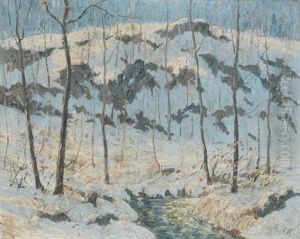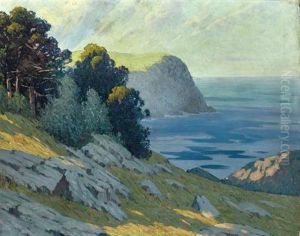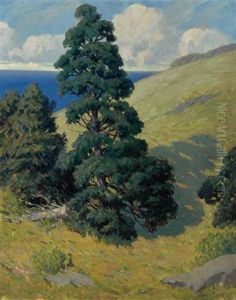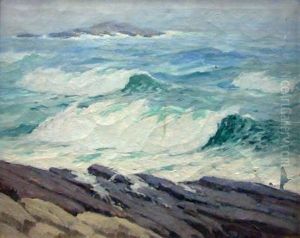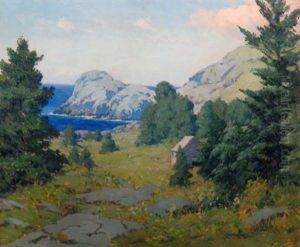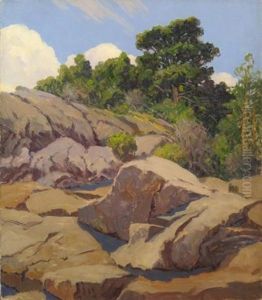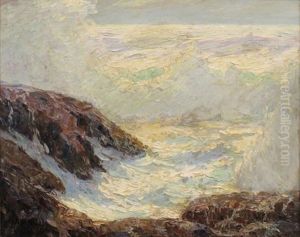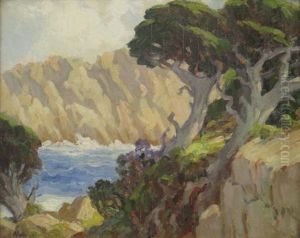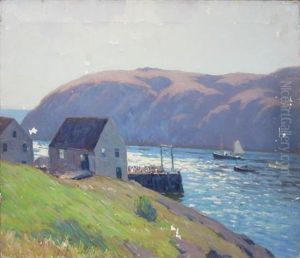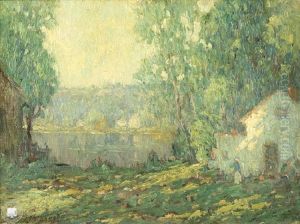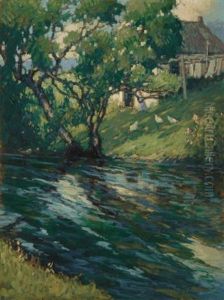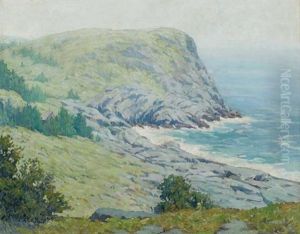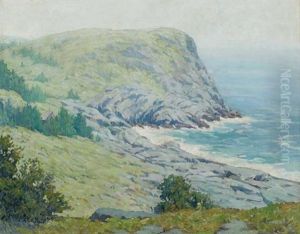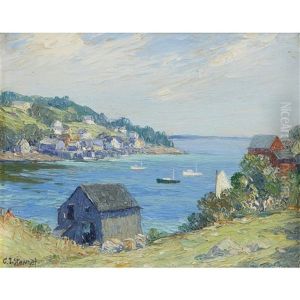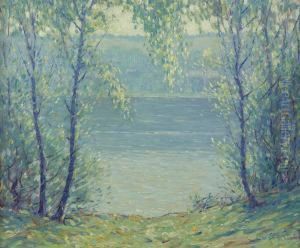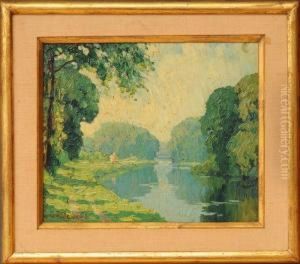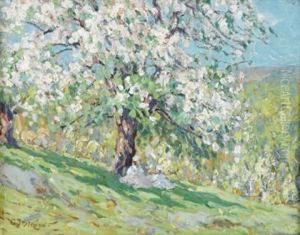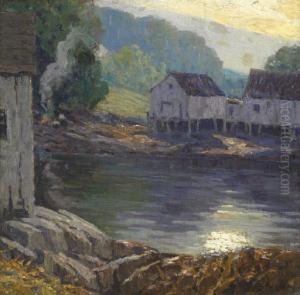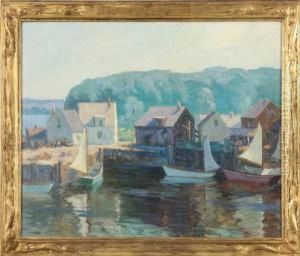George J. Stengel Paintings
George J. Stengel was an American artist born in 1872, whose work, although not widely recognized in the mainstream art world, contributes to the rich tapestry of early 20th-century American art. His life and career spanned a period of significant change in the United States, from the aftermath of the Civil War through the Industrial Revolution and into the heart of the Great Depression, a context that inevitably influenced his artistic explorations and expressions.
Stengel's artistic journey began in an era where the American art scene was evolving rapidly, with the Ashcan School bringing the realities of urban life to the canvas and the advent of American Impressionism introducing new ways of capturing light and color. While there is limited information on his formal training, it is clear that Stengel was part of this transformative period in American art, experimenting with styles and subjects that reflected the changing times.
Throughout his career, Stengel focused on landscapes and portraiture, capturing both the natural beauty of the American landscape and the nuanced personalities of his subjects. His work, characterized by a detailed and realistic style, shows a keen observation of his subjects and a profound appreciation for the natural world. Despite his evident skill and the quality of his work, Stengel remained relatively obscure, with only a modest following during his lifetime.
George J. Stengel's contributions to art were not widely recognized until after his death in 1937. Since then, art historians and collectors have begun to appreciate the depth and breadth of his work, recognizing him as a significant figure in the American art scene of his time. Today, his paintings are sought after by collectors and can be found in the collections of those who appreciate the nuanced and detailed approach to early 20th-century American life and landscapes.
Stengel's legacy is that of a skilled but underappreciated artist who captured the essence of his time with integrity and detail. While he may not have achieved the fame of his contemporaries during his lifetime, his work continues to gain recognition for its contribution to the narrative of American art history.
